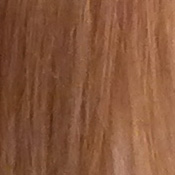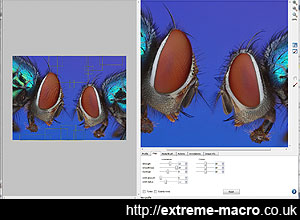

Compare price, features, and reviews of the software side-by-side to make the best choice for your business. You will be presented with multiple views of the image you are working on a full-color preview, and the R, G, and B components of the image. Stop Motion Studio using this comparison chart. Neat Image 8 is a fairly simple software to use, although upon first opening the plugin it can appear a bit confusing. Ive used Topaz Denoise from time to time, and I think it does a pretty good job. dpmag best 2009 plugins recommends noise ninja.
NOISEWARE VS NEAT IMAGE HOW TO
dpmag how to reduce noise recommends Nik Software Dfine 2. It's up to you to learn to manage the trade-offs when this occurs. Upon opening Neat Image 8, the Device Noise Profile screen is the first thing you see. mention of a Digital Photography review their winner was Neat Image. When there's a lot of detail, and a lot of noise, even the best package has to make some guesses as to which is which.

The various included "pre-sets" produce doggone good turnkey results for their respective image types, and you can tweak and tune to your hearts content with an array of controls, and built-in bracketing.īut keep in mind that, no matter how good these tools are, they can only do so much. Noiseware leads the field for speed, quality, and ease-of-use in restoring image fidelity by. With Noiseware, within the first hour I was producing results as good as (or better) than I could with years of NI experience, and with considerably less effort. Noiseware is a plugin for digital image noise reduction. I've recently been experimenting with Noiseware, and based on what I've seen over the past week, I'd enthusiastically echo the recommendation for it over NI and Noise Ninja. The latest versions of Noise Ninja and Neat Image just keep getting better, and newcomer Noiseware is close to them. Ive now trialled all the packages - Noise Ninja, Noiseware, Neat Image and Raw.
NOISEWARE VS NEAT IMAGE FULL
Weve also optimized Neat Image for speed by taking full advantage of multi-core CPUs and GPUs. Compared to PSEs filtering (admittedly ver 6 may have better filtering). In short, NI is a tool which requires practice, and can produce very good results with care, but the defaults are generally waaay too aggressive, and a less than optimal profile will always lead to less than optimal results. The code in Neat Image embodies years of our math and practical imaging all to give you velvety, smooth images. Whenever possible, I custom profile each individual image before de-noising, and I'm willing to experiment with the controls and to mask in PS and selectively de-noise with optimized selections. I ended up with Neat Image, which was simple enough to understand and worked fine at near-default settings for our images only have to use it a few times a year (just fired it up two weeks ago when someone wanted an 11×14' print from a digital file shot at ISO 800, for example) but it’s a big help when we need it.

Ez ellen már a gyártók is próbálnak védekezni, a kompakt gépekben a digitális jelfeldolgozás során zajcsökkent algoritmusok tisztítják a képet. I've also used Neat Image for years, and also get very good results, but. A nagy érzékenységgel készült digitális fotók legnagyobb problémája a magas képzaj.


 0 kommentar(er)
0 kommentar(er)
